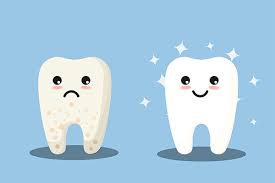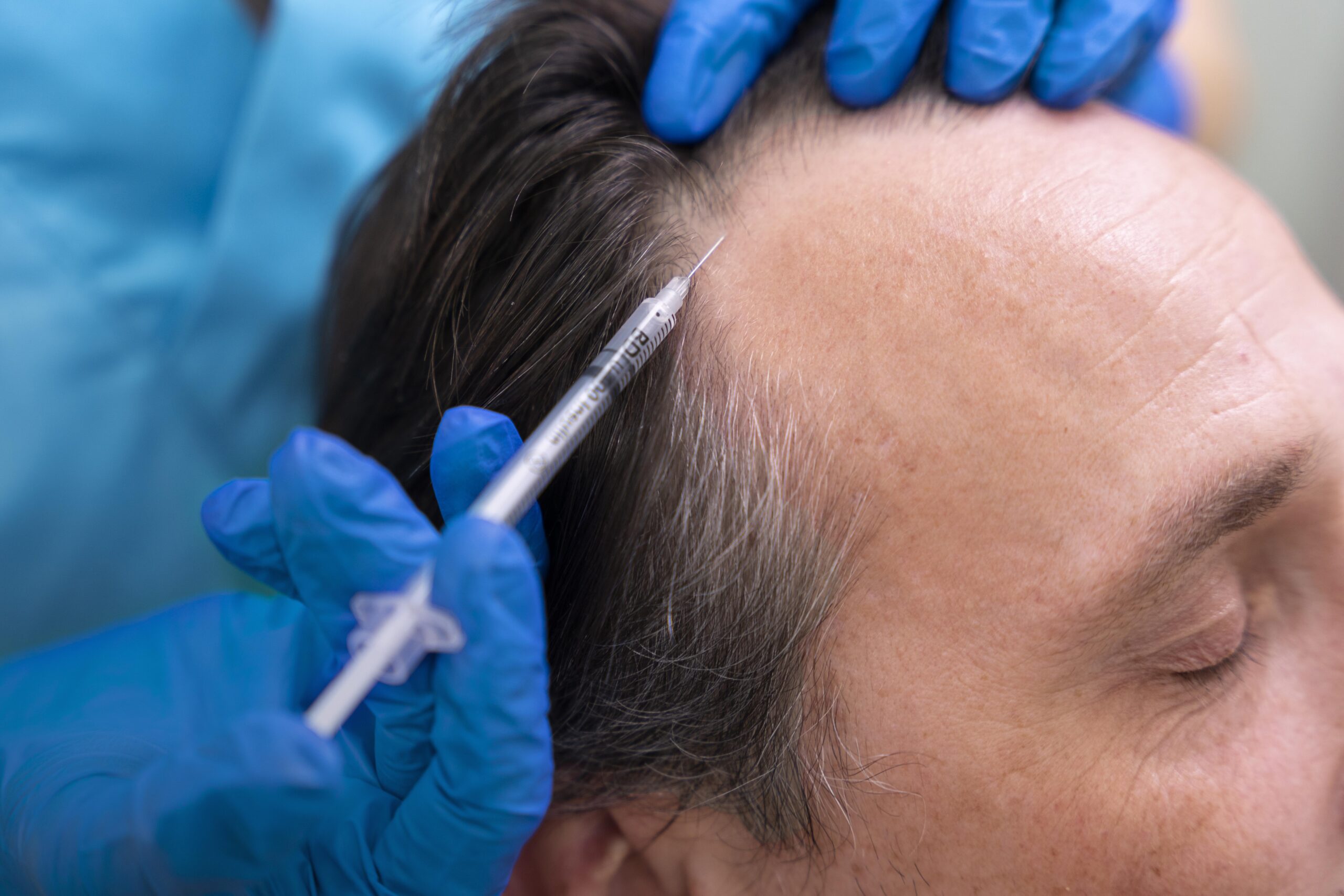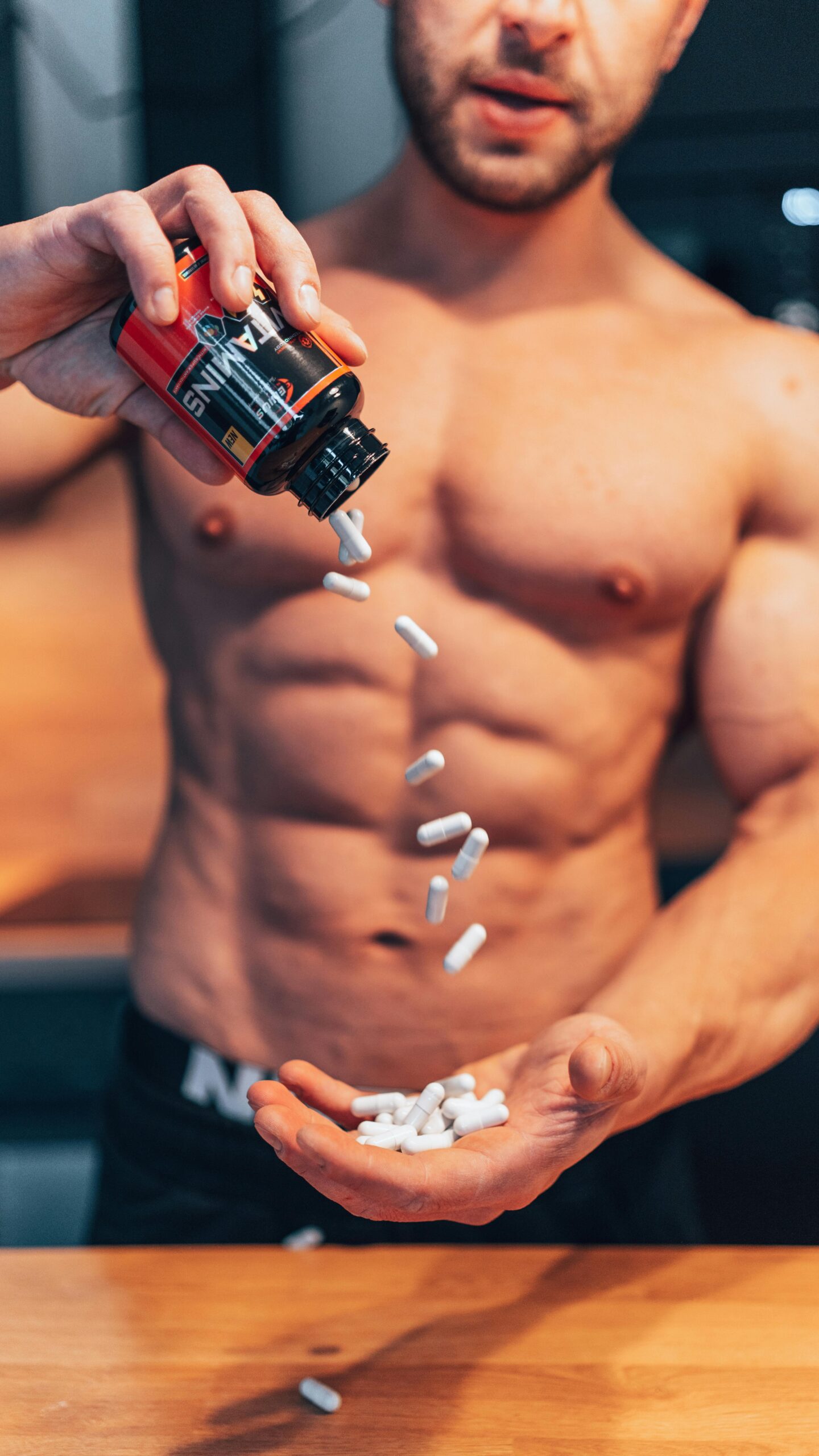With a big selection of teeth whitening products available, from over-the-counter strips to professional treatments, choosing the right one can be overwhelming. Asking the right questions can help you make an informed decision, ensuring safety, effectiveness, and value for your money. Going forward, this article outlines ten key questions to evaluate whitening products, offering practical guidance for those seeking a T.V. commercial ready smile.
Dr. Sahil Patel of MaryleboneSmileClinic provides some insight into selecting whitening products: “Patients should prioritise products backed by clinical evidence and consult a dental professional to ensure suitability. Safety is paramount, as improper use can lead to sensitivity or enamel damage. For tailored advice, visit our website for comprehensive resources on achieving a healthy, bright smile.” This professional perspective underscores the importance of informed choices in cosmetic dentistry.
What Is the Active Ingredient and Its Concentration?
The effectiveness of a whitening product hinges on its active ingredient, typically hydrogen peroxide or carbamide peroxide. Hydrogen peroxide is a bleaching agent that breaks down stains on the tooth surface, while carbamide peroxide releases hydrogen peroxide more gradually. Concentrations vary widely: professional treatments offered by a cosmetic dentist in London may use 15–38% hydrogen peroxide, delivering faster results, while over-the-counter (OTC) products like strips or gels typically contain 3–10%. Higher concentrations can yield more dramatic whitening but increase the risk of sensitivity. Always check the ingredient list and concentration on the packaging, and consult a dentist to ensure it’s appropriate for your dental health. Products with alternative ingredients, such as hydroxyapatite, are emerging as gentler options for sensitive teeth, though their long-term efficacy is still under study.
Is the Product Backed by Clinical Evidence?
Not all whitening products are created equal, and claims of “instant results” or “eight shades whiter” should be scrutinised. Look for products that carry the British Dental Association (BDA) Seal of Acceptance or have been evaluated in peer-reviewed studies. Clinical trials, such as those published in the Dentistry Journal, demonstrate that dentist-prescribed treatments often outperform OTC options, with shade improvements of up to 13.2 on the Trubyte Bioform Shade Guide for overnight bleaching. Products lacking scientific backing may rely on abrasives, which can wear down enamel without true whitening. Checking for evidence-based claims ensures you’re investing in a product that delivers measurable results without compromising oral health.
How Long Does the Whitening Process Take?
The time required to achieve noticeable whitening varies by product type. In-office treatments, often provided by a cosmetic dentist in London, can lighten teeth by several shades in a single hour-long session, using high-concentration peroxides and sometimes UV or LED light to accelerate the process. At-home kits, such as trays or strips, typically require daily application for 7–14 days, with results appearing gradually. Paint-on gels or whitening pens may take weeks to show modest improvements, often one to two shades. Consider your lifestyle and patience level when choosing a product. Faster results may come at a higher cost or with increased sensitivity, so weigh the trade-offs carefully.
What Are the Potential Side Effects?
Tooth sensitivity and gum irritation are the most common side effects of whitening products, particularly those with higher peroxide concentrations. A 2021 study in Frontiers in Dentistry noted that sensitivity can affect up to 50% of users, especially with in-office treatments using 25–35% hydrogen peroxide. OTC products, with lower concentrations, may still cause discomfort if overused or applied incorrectly. Individuals with thin enamel, gum recession, or existing dental restorations may experience heightened sensitivity. Always follow the manufacturer’s instructions, and consider products formulated for sensitive teeth, such as those with lower peroxide levels or desensitising agents like potassium nitrate. Consulting a dentist before starting treatment can help mitigate risks.
Is the Product Suitable for Your Dental Profile?
Not everyone is a candidate for tooth whitening. Products are most effective on natural teeth with extrinsic stains caused by coffee, tea, or smoking. They do not work on restorations like crowns, fillings, or veneers, which can lead to uneven colour if not addressed. A cosmetic dentist in London can assess your dental profile during a consultation to determine suitability. For example, individuals with gum disease, cavities, or worn enamel may need to resolve these issues before whitening. The American Dental Association advises against whitening for children under 16, pregnant women, or those with severe tooth sensitivity. Always disclose your dental history to ensure the product won’t exacerbate existing conditions.
How Convenient Is the Application Method?
Whitening products come in various forms—strips, trays, pens, toothpastes, and LED kits—each with different levels of convenience. Strips and trays are popular for their ease of use, requiring 30–60 minutes daily, while pens offer quick application but less coverage. LED kits, while effective, can be cumbersome, requiring users to keep the device in their mouth for extended periods. A 2025 Health.com review found strips and trays to be the most user-friendly for busy lifestyles, while LED kits were less practical despite faster results. Choose a product that fits your routine, as consistent application is key to achieving desired outcomes.
What Is the Cost-to-Benefit Ratio?
Whitening products range from affordable OTC options to premium professional treatments. A tube of whitening toothpaste might cost £5–£15, while strips or trays range from £20–£100. In-office treatments, often provided by a cosmetic dentist in London, can cost £300–£800 but deliver immediate, long-lasting results. The worldwide teeth whitening market, valued at $26.89 billion in 2021, reflects the demand for both budget and high-end options. Consider whether the product’s price aligns with its effectiveness and longevity. For instance, dentist-prescribed at-home kits, while pricier than OTC strips, often provide better value due to superior results and professional oversight.
How Long Do Results Last?
The longevity of whitening results depends on lifestyle and product type. Professional treatments can last 1–3 years, while OTC products may require touch-ups every few months. Factors like smoking, coffee, tea, or red wine consumption can accelerate staining, reducing the duration of results. A 2024 Alpine White study noted that maintenance, such as regular brushing and avoiding staining substances, extends whitening effects. Some products include maintenance kits, like touch-up pens, to prolong results. Ask whether the product offers guidance on maintaining whiteness, as this can influence its overall value and effectiveness.
Is the Product Safe for Long-Term Use?
Safety is a critical consideration, especially with frequent or prolonged use. Overuse of peroxide-based products can weaken enamel or irritate gums, as noted in a 2019 review in the Journal of Esthetic and Restorative Dentistry. The European Union limits hydrogen peroxide in OTC products to 0.1% for safety, while professional treatments use higher concentrations under supervision. Non-peroxide options, like hydroxyapatite-based products, are gaining traction for their gentler approach, though their whitening power is less potent. Check for regulatory approvals, such as those from the General Dental Council, and avoid products with unlisted or questionable ingredients to ensure long-term oral health.
Does the Product Align with Professional Recommendations?
Dentists consistently advocate for professional oversight to optimise whitening outcomes. A 2022 American Dental Association report recommends consulting a dentist before using any whitening product to assess suitability and minimise risks. In London, where cosmetic dentistry is a thriving field, professionals often recommend in-office or dentist-prescribed at-home treatments for their controlled application and predictable results. Products sold in beauty salons or online without dental supervision may lack quality assurance and could be illegal if not administered by a registered professional. Aligning your choice with expert recommendations ensures safety and efficacy, particularly for complex cases requiring tailored solutions.
Evaluating Product Claims and Marketing
Whitening product marketing can be persuasive, often promising “instant” or “dramatic” results. However, exaggerated claims may not reflect reality. For example, whitening toothpastes often rely on abrasives rather than bleaching agents, offering minimal shade improvement. A 2014 study in PMC’s Tooth Whitening journal found that toothpastes typically lighten teeth by one shade, compared to 6–13 shades for professional treatments. Scrutinise packaging for realistic expectations and avoid products that overpromise without evidence. Reading user reviews and seeking advice from a cosmetic dentist in London can provide clarity on whether a product lives up to its claims.
Understanding Application Techniques
The method of application significantly affects a product’s performance. Trays, custom-fitted by dentists, ensure even coverage but require consistent use over weeks. Strips adhere directly to teeth, offering convenience but less precision for uneven surfaces. Paint-on gels are portable but may not penetrate deep stains effectively. LED or laser-enhanced systems, often used in professional settings, accelerate peroxide activation but can increase sensitivity. A 2022 systematic review in Dentistry Review found no significant benefit from light-activated systems when high-concentration peroxides were used, suggesting that application technique matters as much as the product itself. Choose a method that balances efficacy with comfort.
Considering Lifestyle Compatibility
Your daily habits and preferences should guide your product choice. If you’re a busy Londoner, a quick-application pen or strip may suit you better than a tray requiring an hour daily. For those with sensitive teeth, products with lower peroxide concentrations or desensitising additives are preferable. Smokers or frequent coffee drinkers may need stronger treatments to combat persistent stains, potentially requiring professional intervention. A cosmetic dentist in London can tailor recommendations to your lifestyle, ensuring the product integrates seamlessly into your routine while delivering optimal results.
Exploring Alternatives to Whitening Products
While whitening products dominate the market, alternatives like composite bonding or veneers offer longer-lasting solutions for severe discoloration. Bonding involves applying a tooth-coloured resin to mask stains, while veneers are thin porcelain shells that cover imperfections. These procedures, often performed by a cosmetic dentist in London, provide immediate aesthetic improvements but are more invasive and costly. For minor stains, regular dental cleanings can remove surface discoloration without bleaching. Exploring these options with a dentist can help you decide whether whitening products are the best approach or if a more comprehensive treatment is warranted.
Making an Informed Decision
Choosing the right whitening product requires balancing efficacy, safety, convenience, and cost. By asking these ten questions, you can navigate the crowded market with confidence, ensuring your smile reflects both health and aesthetics. Whether opting for an OTC solution or a professional treatment, always prioritise products with proven results and consult a dentist to tailor the approach to your needs. In London’s vibrant cosmetic dentistry scene, informed choices lead to brighter, healthier smiles that enhance confidence and well-being.



